During the ICOM-CC Photographic Materials Working Group Interim Meeting at the Rijksmuseum in Amsterdam my curiosity was sparked by a presentation about Polaroid photographs by Katrin Pietsch, Photograph Conservator of the Nederlands Fotomuseum. She focused on large format photographs, some of which are over two metres high and one metre wide. Upon returning to Bradford I wanted to learn more about our own collection of large Polaroid photographs, which were made in an instant, but are a challenge for long-term preservation.
I would like to share some conservation considerations about instant photography, or as Edwin Land, the inventor of the Polaroid called it, ‘one step photography’. For the younger generations, instant photography may sound much like digital photography, a technology which today is generally taken for granted and almost everyone has readily available in their pocket or bag via a mobile phone. However, if we allow ourselves to go back to the late 1940s we find ourselves in a time when every photograph needed to be developed by using chemicals in the darkroom from a negative image. The appearance of Land’s instant photography, which combined all these necessities in a single sheet or pack of film, was both a revolutionary concept and a significant technological achievement. Unconvinced? Then think about this: in the minutes that it takes from pressing the camera’s shutter to having a fully self-developed and unique Polaroid picture in your hand, approximately fifty chemical reactions have taken place, each reaction in perfect sequence and with very precise timings. You can learn more about the history of Polaroid here.
Regarding the issues of the preservation of Polaroid photographs, Katrin Pietsch’s presentation was specifically about the challenges of conservation of 40 x 80 inches (1016 x 2032 millimetres) and 20 x 24 inches (508 x 609.6 millimetres) peel-apart Polaroids.
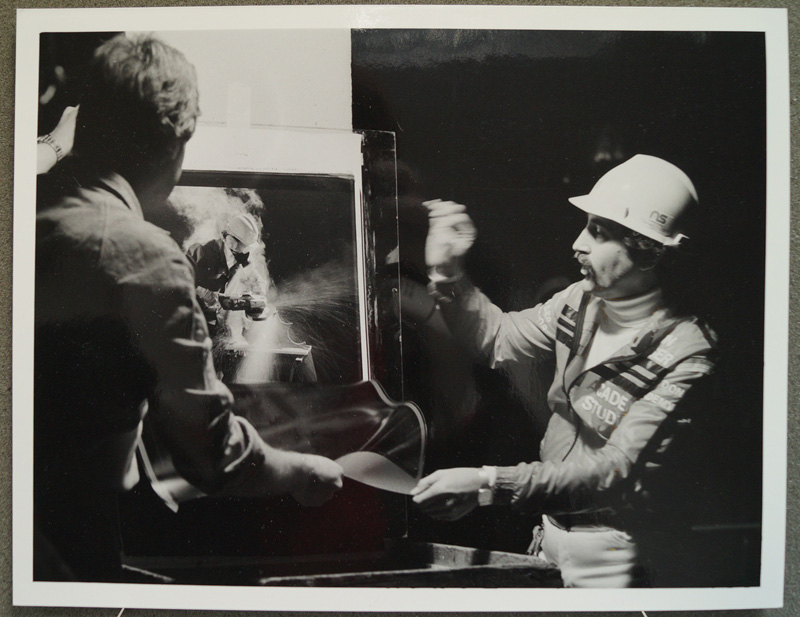
Their characteristic deterioration forms are: staining visible along the edges, possibly due to residual chemicals that remained in the surface of the photograph; some of these large formats were lined onto metal or rigid foam supports to avoid distortion, however in many cases it resulted in deformation; fading of dyes; and surface scratches can also be visible due to their high-glossy finishing.
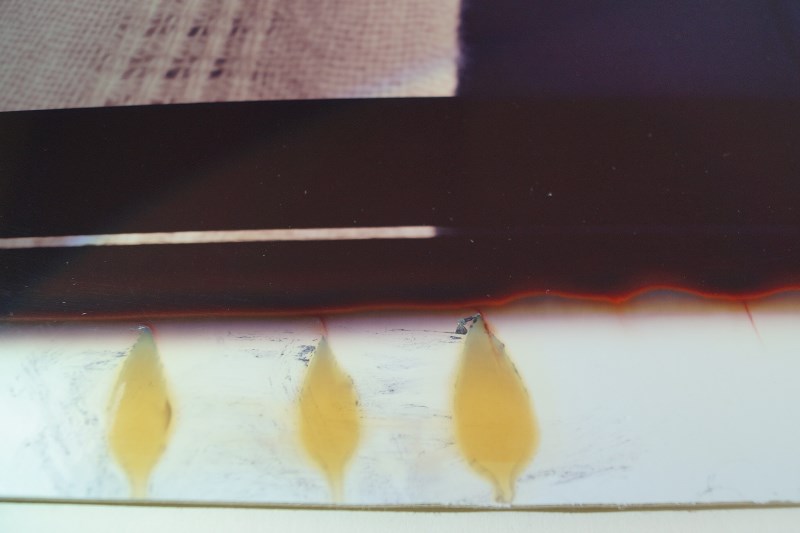
In our own collection I looked at many interesting large format Polaroids, and I would like to highlight David Hockney’s portrait of his mother and Neal Slavin’s work around the UK and Bradford in particular. The process of taking these large format photographs is far from being simple and often camera and film had to be hired, along with a specialist technical team.
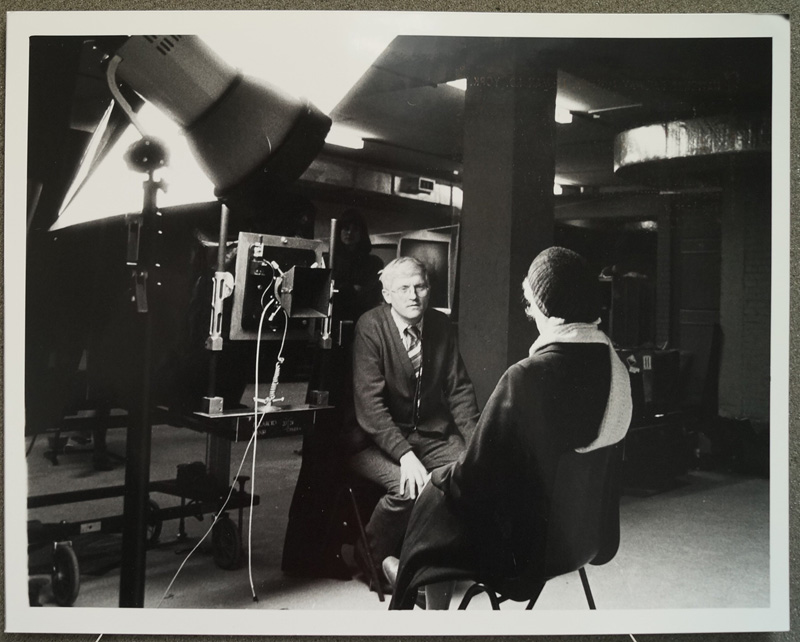
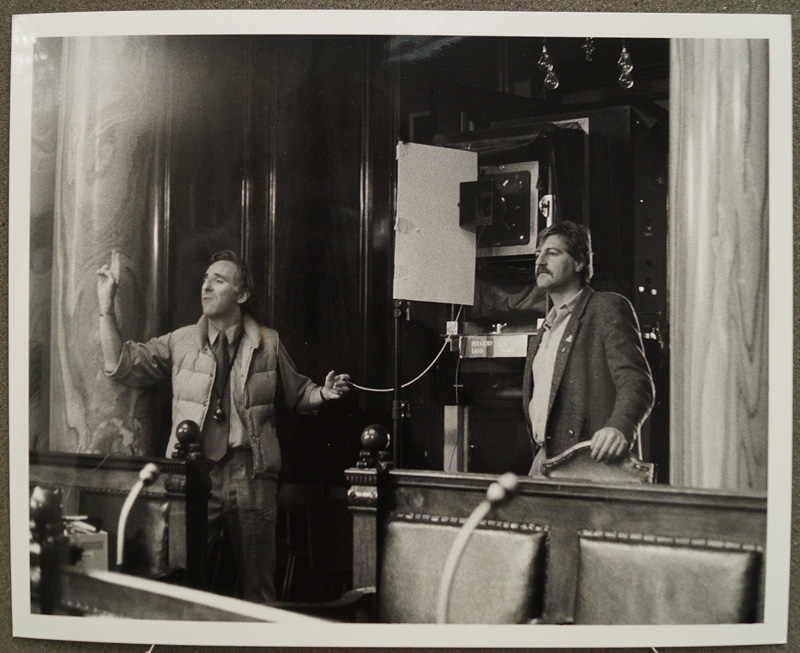

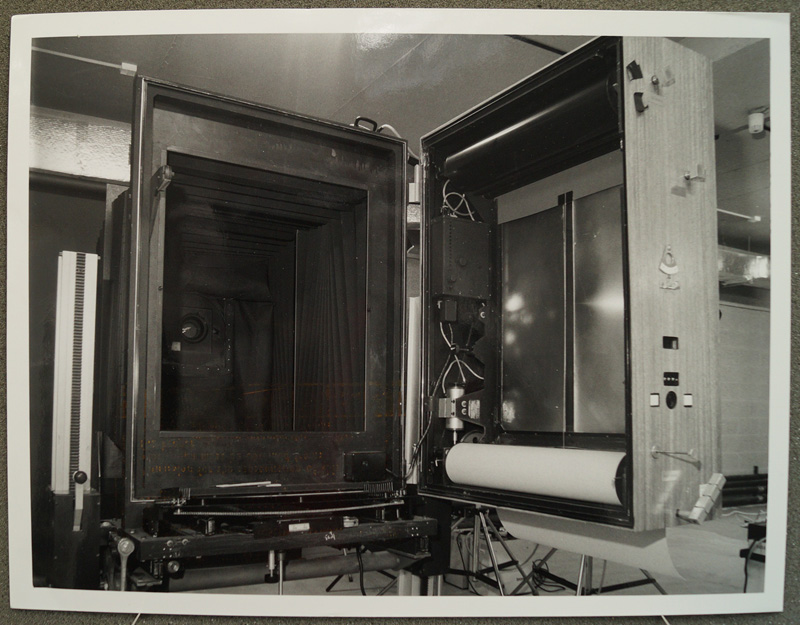
In order to ensure the long-term preservation of large Polaroids and other photographic processes they are stored in a dark, cool and dry environment. Prior to their display in our temporary exhibitions, careful considerations about sensitivity of photographs are always discussed. We must limit the amount of time they are exposed to the gallery’s lighting, and therefore we can’t keep them on display for many months or years. However, as a national museum we have an important commitment to making our collection available to everybody who wants to see it. You can find out more about viewing these Polaroids and other objects in our collections at the end of this blog post.
I wish to make special thanks for the financial support for my attendance at the ICOM-CC Photographic Materials Working Group Interim Meeting which was made possible via the ICON / Tru Vue grant funding, by the Bursary of the York Foundation for Conservation and Craftsmanship and by the support of the National Media Museum.
Tours of our collection stores take place weekly.
This was a fascinating account of the early days of Polaroid photography. I didn’t know it had started so long ago: just after WW11.
Reading this reminded me of a trip I made back in the early 80’s to the Bradford museum. I was studying photography at the then West Surrey College of Art and Design (WSCAD) and had taken part in a competition which had resulted in myself and some fellow students from the course winning a trip to the museum to assist/watch Neal Slavin taking photos of a brass band in the museum with the 20×24 Polaroid camera. He arranged the brass band on the framework of the IMAX screen that hadn’t had the cloth? fitted. Watching Neal work and the technician that accompanied the camera manipulate the huge films was amazing, the biggest we had ever experienced was a 5×4.